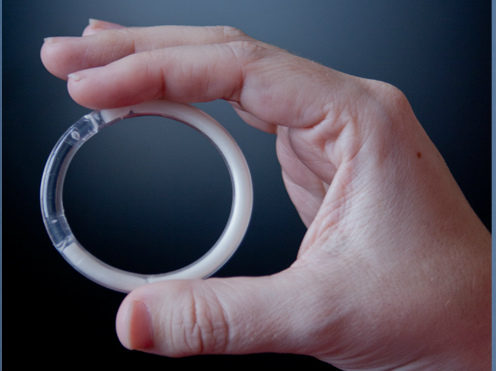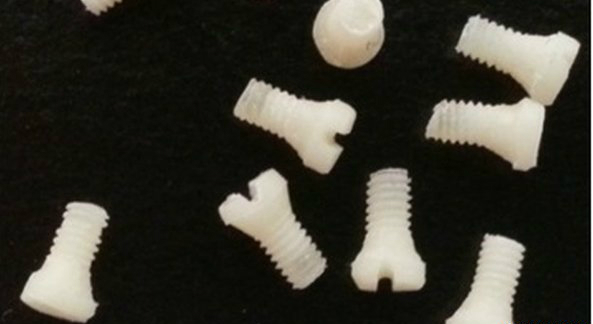
Every day, over 100 million women all over the world pop an emergency oral contraceptive pill. Oral contraceptive pills are no doubt an effective way to birth control in sexually active married women. But, such widespread use of birth control pills is definitely alarming because most women using them are unaware about its mechanism of action and its safety aspect. In this article, we highlight important aspects about birth control pills that every woman should know.
How does a birth control pill work?
A woman is said to become pregnant when the ovaries release an egg (through reproductive hormonal regulation) that gets fertilised by the male sperm. This fertilised egg then gets attached or implanted to the uterus, where it is nourished over the period of nine months to develop into a baby.
Oral contraceptive pills are designed such that they disrupt the normal hormonal cycle in women and create an artificial hormonal environment that does not allow you to conceive by interfering with contraception and implantation. Most birth control pills that are available today are a combination of oestrogen and progesterone (female reproductive hormones). These pills:
- Block the release of egg from the ovaries
- Make the entry of the sperm difficult by thickening the cervical mucus
- Affect the sperm motility so that it does not reach the egg to fertilise it.
When should you take the pill?
Most birth control pills have clear instructions regarding dosage and use on their leaflet. Some pills are to be taken on specific days of the menstrual cycle. Emergency contraceptive pills are usually required to be taken within 72 hours of unprotected sex. But not all brands of birth control pills can be used for emergency contraception. Further, the number of pills required to be taken in a dose differs for each brand.
What are the side-effects?
Birth control pills can cause minor side-effects which can appear immediately or any time after taking them. Every woman taking birth control pills will experience different side-effects including:
- Nausea
- Headache
- Weight gain
- Digestive problems- diarrhoea or constipation
- Vomiting
- Stomach cramps
- Changes in menstrual cycle
- Mood changes
These side-effects do not last for a long time. But there are some rare side-effects which need immediate medical attention:
- Severe headache
- Dizziness
- Sever stomach pain
- Swelling of hand and feet
- Unusual bleeding
- Heaviness in the chest
- Dark coloured urine
- Skin rash
- Speech problems
- Potential health risks of birth control pills
Several studies have linked the use of birth control pills with increased risk of breast cancer and cervical cancer. A study by Danish researchers suggested that oral contraceptive pills may increase the risk of heart attack and stroke in women. The risk is largely dependent on the dose of oestrogen used in the pill. There are several registered cases where women have suffered from blood clotting (deep vein thrombosis) after having a contraceptive pill.
Source: Health India







![smoking]](http://www.texilaconnect.com/wp-content/uploads/2014/03/smoking.jpg)


